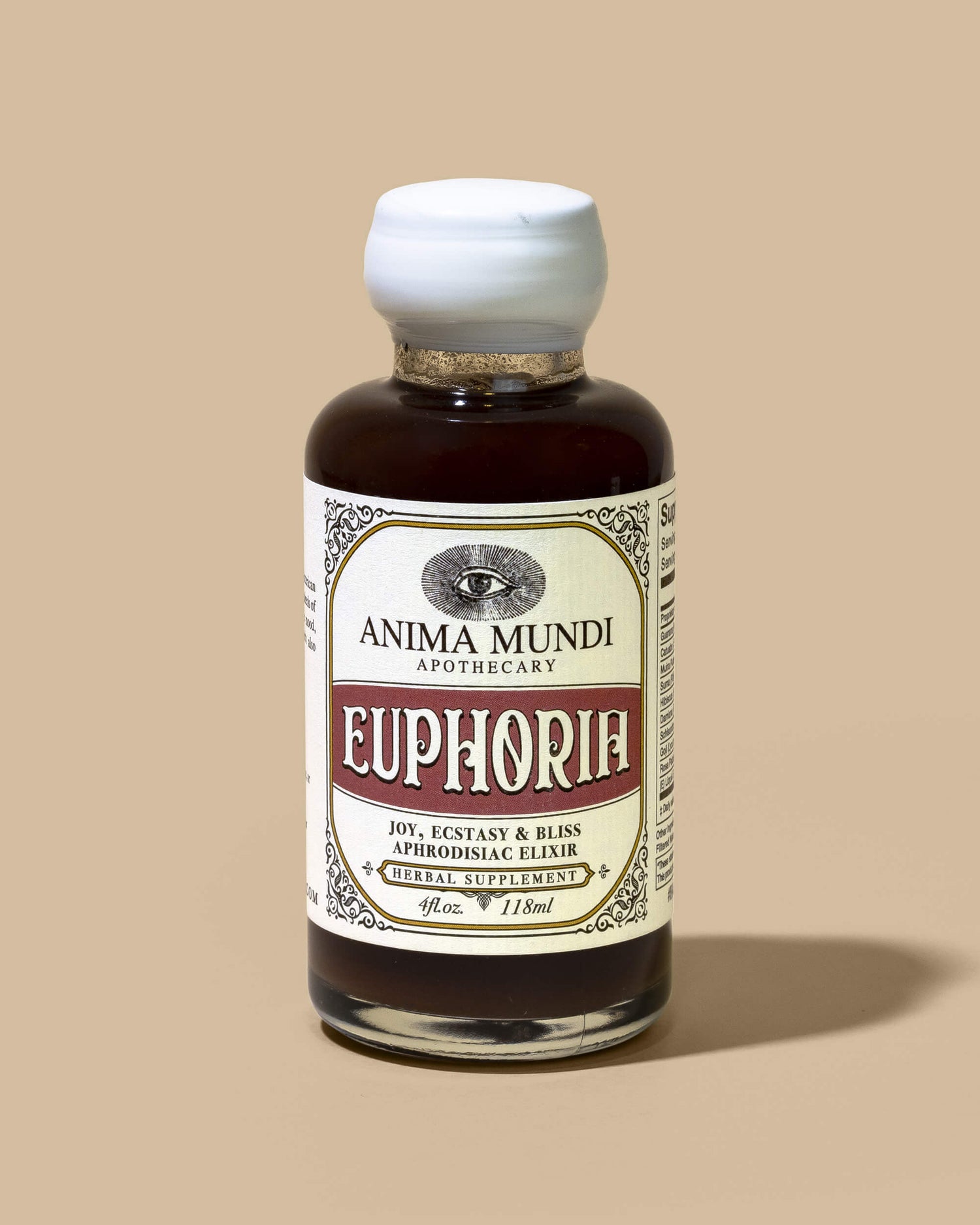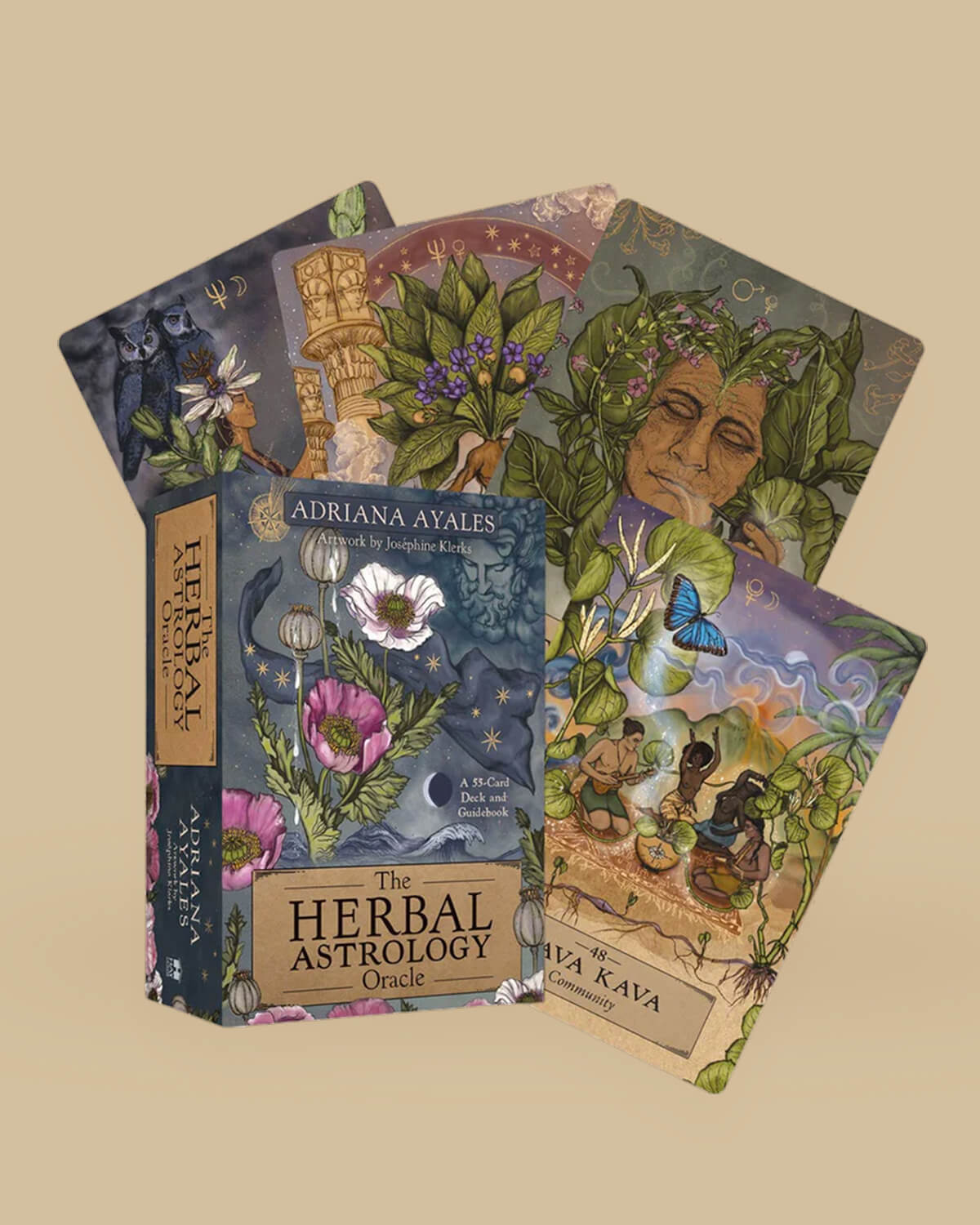Dear Friends,
It is with great pleasure and deep gratitude that I’m announcing the acquisition and relaunching of Floracopeia essential oils—the company I built over the last two decades, rooted in organic agriculture, grassroots healthcare, and the preservation of ethnobotanical culture—by Anima Mundi Herbals! To celebrate this historic partnership, I’d like to share some important information about the often misunderstood business behind essential oils with you, my new Anima family:
Over many years of using essential oils and aromatherapy in my clinical practice, and through the insights and experiences I’ve gained working around the world with artisan distillers, I’ve learned the essential oil industry is very complex. It’s full of paradoxes and contradictions, with both great promise and serious perils. This industry has given us beautiful examples of centuries-old sustainable ecological practices. But it’s also brought about destructive plundering of our natural resources.
Like all forms of agriculture, including herbal medicines and organic foods, the industry is affected by quality control problems such as adulteration of products, but it is also the source of some of the purest gifts that the earth offers. It is an industry that can uplift farmers economically, or exploit them. Essential oils and aromatherapy, like all forms of natural medicine, can be deeply healing if used correctly, or cause adverse reactions if abused or used without sufficient education.

Let’s take a tour of some of the aromatic treasures from Floracopeia’s global network of eco-projects and artisanal distillers, that are now reincarnated in Anima Mundi’s collection of outstanding herbal products. As we look at these oils, we can explore some of the important questions concerning their production and use including quality control, preservation of endangered species, environmental sustainability practices, and their safe uses.
One of the common questions I have been asked over the years is: “why are you selling essential oils distilled from endangered species?” This question primarily concerns tree oils such as Palo Santo, frankincense, sandalwood and rosewood oils; all of these are in high demand yet take decades to regenerate, and therefore some species of these trees in some regions are classified as threatened or endangered.
When a species becomes threatened or endangered, the availability of the plant goes down and the price goes up, which has two outcomes, one positive and one negative. The negative result is that decreasing availability and increasing price drives further overexploitation; the positive side is that the increasing price and decreasing availability makes it a valuable cash crop that attracts investment in and development of sustainable cultivation projects.
When it comes to these oils, we must be extremely knowledgeable about their origins: if we know that the source is ethical and sustainable we can directly support those working to preserve and regenerate the species. But if we buy from the general market, or from companies that claim they are supporting ecological practices but in reality are not, it increases the likelihood that we are supporting further destruction and exploitation.
Fortunately, there are now numerous agroforestry projects coming to maturity that we can support, knowing that they are not only producing essential oils from cultivated sustainable sources, but that those species are often the foundation of restoring entire ecosystems.
One of the most recent additions to the collection of aromatic treasures in this category is the Anima Mundi rosewood oil. Old growth rosewood trees have been plundered almost to extinction in Peru. The oil that is offered here is from the leaves of trees, rather than the heartwood, so the trees do not have to be destroyed. Not only is it an exquisite oil, but an exquisite story as well: we can directly support the people of this Amazonian region who have been laboring to replant their forest.

Another common concern about essential oil distillation, which is closely related to the question of sustainable production, is the amount of plant material that is required to produce the oil. In some cases, this is not an issue: eucalyptus trees, for example, produce massive quantities of leaves, the trees are not endangered, tons of the oil are distilled every year, the cost of the oil is low, and adulteration is rare. But what about rose oil, another of the Anima Mundi aromatic treasures, which requires about 7,000 pounds of hand-picked blossoms to produce a liter of oil? Isn’t this an incredible waste of land, water, energy and labor?
The people in the Valley of Roses of Bulgaria would agree that it is a lot of work to cultivate and harvest that many rose plants, but they would point out that they have been doing it for over 700 years, across 35 generations, which qualifies for being a highly sustainable form of agriculture. They would remind us that the rose oil, rose water and rose petals they produce have been major items of commerce that have been part of medicine, perfumery, and cooking around the world for centuries. I would also add, based on my time spent in other rose cultivation regions such as the Valley of Roses in Morocco, that this specific agricultural industry is the best example of how to create heaven on earth, where the air is scented with beautiful fragrance, the birds are happy, and the plants, art, music, festivals, culture and economy are all entwined.
Here is another way to consider this equation between biomass and finished product, this time related to Anima Mundi’s tulsi or chamomile oils. How many cups of chamomile tea are waiting in an acre of chamomile plants? I have never calculated that, but I know that it is the same number of properly diluted doses of chamomile oil. In other words, an acre of tulsi or chamomile can be consumed one teaspoonful at a time as a dry herb, or one drop at a time diluted in a diffuser or massage oil; the acre gives the same amount of herbal medicine, but it is available to us in two different concentrations.
And concentration is what aromatherapy is all about, and why it can either be one of the most soothing and relaxing forms of healing or a source of serious pain and inflammation.
Let’s go back to the field of beautiful tulsi growing in the tropical warmth of South India. First, there is an acre of the aromatic herb, then after harvesting it becomes a huge pile waiting to be either dried for tea or distilled. When it is in the plant form, the concentration of the essential oil, which is giving the plant its pungent sweet fragrance, is at biocompatible levels; in other words, we can safely consume it in reasonable amounts such as tea or pesto. Once it is distilled, however, that acre of plant material will become a few liters of essential oil, which means that it is now highly concentrated, which means it is not biocompatible. Let me emphasize here that “not biocompatible” means dangerous: we can easily harm ourselves or others if we apply the undiluted tulsi oil directly to the skin or put even one drop on the tongue.
The entire practice of aromatherapy therefore is easy to understand: a huge amount of biocompatible plant material is concentrated into a small amount of bioincompatible material, which then needs to be diluted back to biocompatible levels. This is done through very simple methods, such as putting in a diffuser, or diluting in a carrier oil for baths and massages.

Of all the controversial aspects of essential oils and aromatherapy, this lack of dilution is the most problematic. For many years, the marketing of essential oils has been driven by dangerous claims that they are safe to consume undiluted, both internally by mouth and topically on the skin; some extreme forms have even advocated administering oils vaginally, rectally, in the eyes and in the ears, which have produced medical emergencies, an epidemic of poisoning cases and tragic results when used on pets. To compound the problem, many people are told that these toxic reactions are actually “detox”, when in fact they are being poisoned.
When it comes to essential oils, and many other aspects of herbal medicine as well, more is not necessarily better. Therefore, in order to use aromatherapy and herbal medicine wisely, we must become educated consumers; in the case of essential oils, it is very simple: dilute, dilute, dilute, and then enjoy.
Finally, a few words about quality control in the essential oil industry. Another common question I have been asked over the years is: “what company has the purest oils?” Obviously, I would give a biased answer, but I would also explain something fundamental and important for all users of essential oils to understand: it is the species of plant that determines the risk of adulteration and contamination, not the company that sells it.
Just as the price goes up and availability goes down when a species becomes rare, likewise, the risk of adulteration and contamination increases. In other words, there is no purpose in adulterating eucalyptus oil, since it is so easy and cheap to produce, but there is great financial gain in adding synthetic fragrances or botanical substitutes to rose or sandalwood oils. Therefore, the rarer the oil; or the lower the yield of oil from the plant, such as roses; or the slower the regeneration of the plant, such as oils from the heartwood of trees like sandalwood; the higher the likelihood that contaminants will be in the oils.
Finding contamination and adulteration of oils is done in two ways. The first is the best, which is knowing your source, and even better, spending time working with the distillers and growers. The second is the backup plan: getting every oil tested by a lab that specializes in essential oils. These tests, especially when the oil is from a known source, are not only a good confirmation of purity, but also a great source of information about the therapeutics of the oil.
When testing oils from unknown sources, it is not uncommon to find various contaminants and adulterants. These can include botanical substitutions of lower priced species to stretch the quantity of higher priced oils, such as adding lemon grass to lemon balm; adding a vegetable oil to stretch a precious oil like rose or jasmine, which can be recognized as the carrier goes rancid; adding a synthetic compound such as linalool to stretch lavender oils; and even using perfume fragrances in oils such as sandalwood and frankincense. It is extremely important to know the source of the oil and its purity, as some contaminants are a significant health hazard which can cause serious adverse reactions, especially in people who are chemically sensitive.
The field of aromatic medicine is vast, complex and beautiful, and every oil is a doorway into the intelligence of the plant that produced it, the history of that plant in the culture it came from, its medical benefits, its hidden cosmology of energetics, and countless other dimensions. We will explore these aromatic treasures one step at a time in future blogs.
In conclusion, I would like to express my sincere gratitude to Adriana Ayales for bringing Floracopeia’s aromatic treasures and its global network of eco-projects and artisan distillers into Anima Mundi’s collection of fine herbal offerings.
















